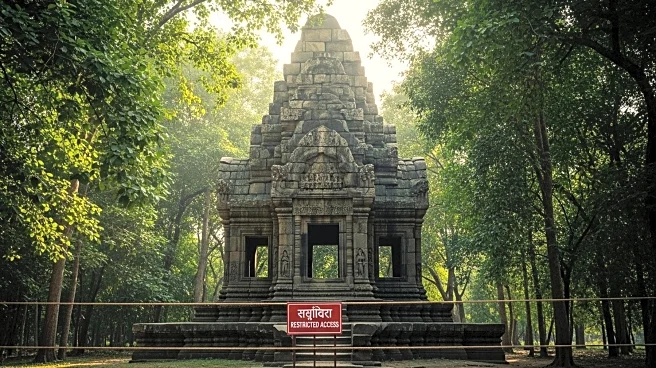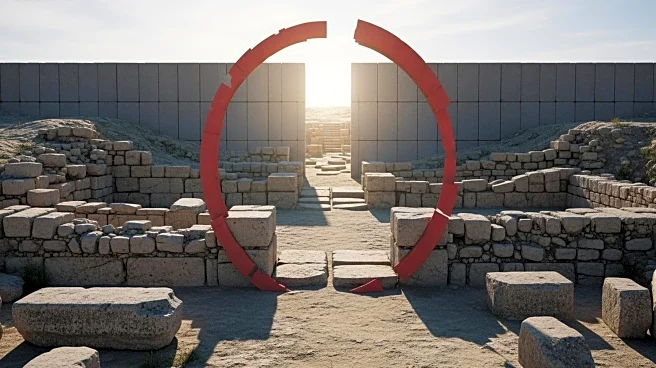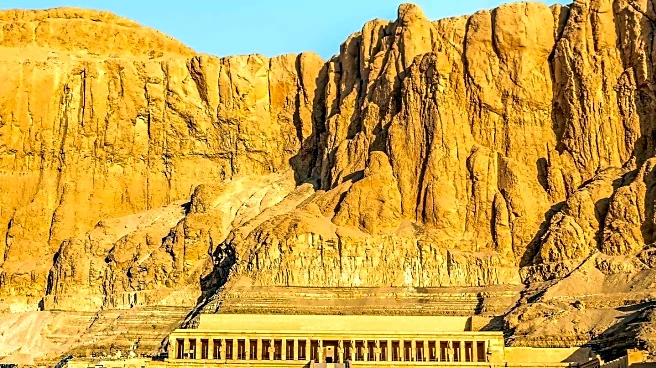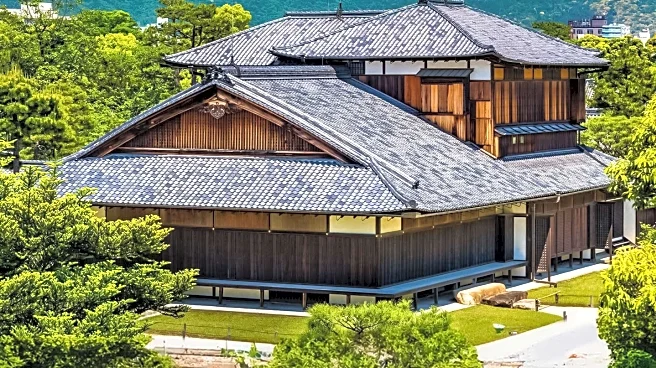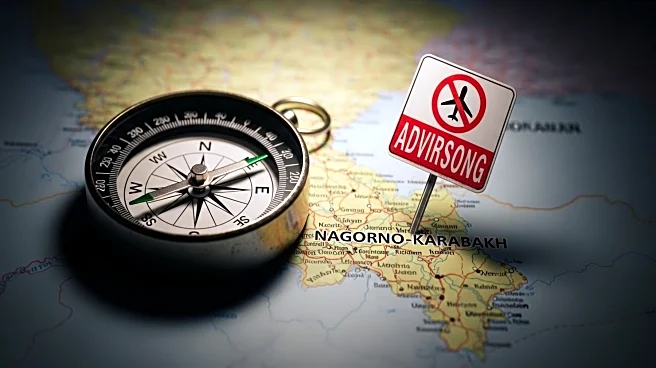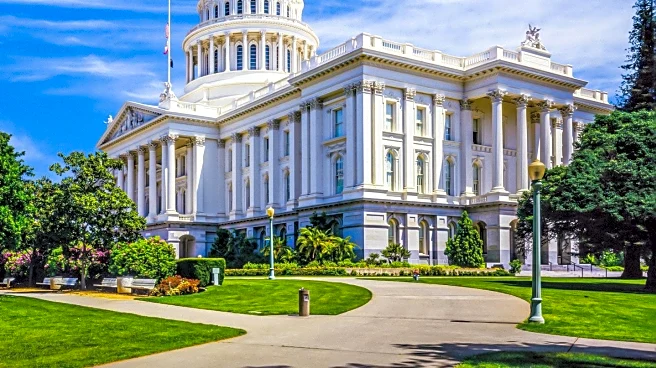What is the story about?
What's Happening?
A mining company in Bicholim has restricted public access to the Namazgah site, a protected monument recognized by the Goa government. The site, which showcases Mughal-era architecture, has been inaccessible via the traditional route due to mining activities. Visitors and staff from the Department of Archaeology and the Goa Human Resource Development Corporation have been denied entry through the road passing through the mining lease. The alternative path provided is difficult to navigate, especially for physically challenged individuals, due to overgrown vegetation and numerous steps. The Namazgah, built in the seventeenth century, is historically significant, reflecting the architectural patronage of Mughal prince Akbar II. Ongoing mining operations near the site pose threats to its foundation, raising concerns among local residents about environmental and heritage preservation.
Why It's Important?
The restriction of access to the Namazgah site highlights the tension between industrial activities and heritage conservation. The site is an important cultural landmark, attracting visitors interested in its historical and architectural significance. The mining company's actions could lead to a loss of cultural heritage and impact tourism in the region. Additionally, the environmental implications of mining near a protected site raise concerns about ecological damage and the preservation of historical monuments. The situation underscores the need for balanced policies that protect cultural heritage while accommodating industrial development.
What's Next?
The Department of Archaeology has instructed the mining company to allow access to the Namazgah site for both staff and the public. However, the ongoing mining activities continue to pose a threat to the site's foundation. Local residents and heritage enthusiasts may advocate for stricter regulations to ensure the preservation of the site. The government may need to intervene to mediate between the mining company and heritage conservation efforts, potentially leading to policy changes that prioritize the protection of historical sites.
Beyond the Headlines
The situation at the Namazgah site raises broader questions about the ethical responsibilities of companies operating near historical landmarks. It highlights the need for corporate accountability in preserving cultural heritage and the potential for community engagement in conservation efforts. The conflict also reflects the challenges faced by developing regions in balancing economic growth with the preservation of cultural and environmental assets.
AI Generated Content
Do you find this article useful?
